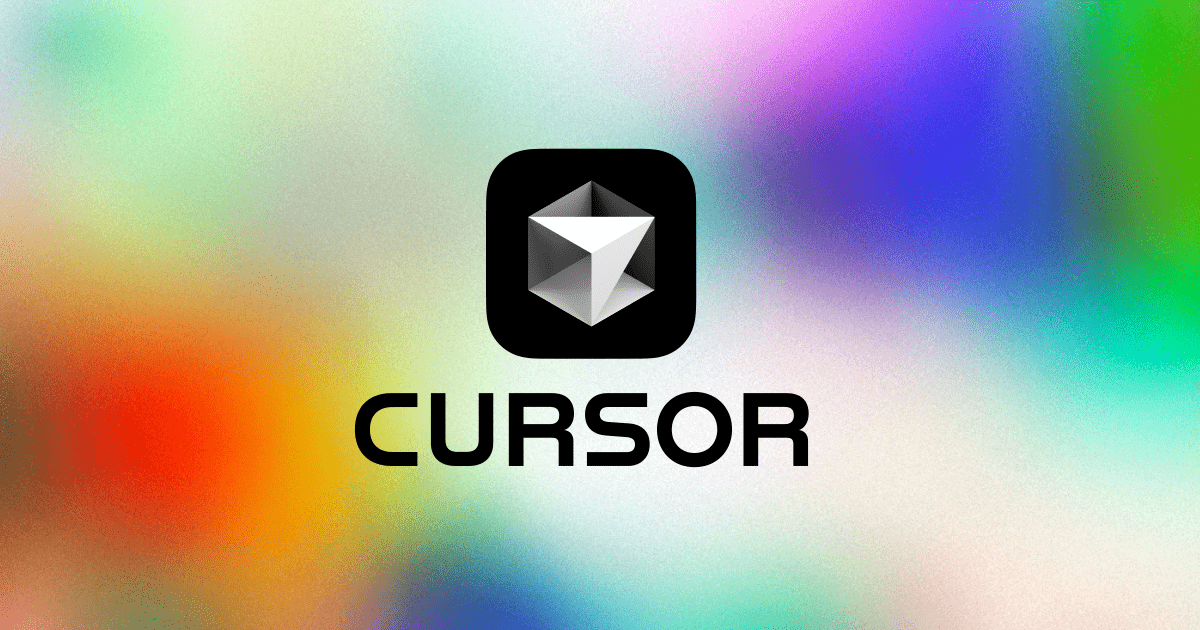Linux NVIDIA CUDA Python .cursorrules prompt file
Author: Shaun Prince
What you can build
AI Model Compression Service: A cloud-based service that allows users to upload AI models, automatically quantizes them, and provides an optimized and smaller version for download. This service would eliminate the need for local hardware and expertise in model quantization.Model Quantization GUI Tool: A graphical user interface application that simplifies the quantization process for Hugging Face models. It would cater to users who are not comfortable using terminal commands or scripts, providing a visual workflow.Quantization-as-a-Service Platform: A subscription-based platform that targets enterprises with AI models that need optimization. It would provide features like batch processing, real-time monitoring of quantization tasks, and integration with existing enterprise infrastructures.Quantization Best Practices Library: A curated online resource providing guidelines, tutorials, case studies, and tools for quantifying AI models. It would be a go-to portal for practitioners needing to understand the nuances and techniques in model quantization.Hugging Face Model Compatibility Checker: A tool that evaluates Hugging Face models for compatibility with various hardware setups and suggests the right quantization strategies. It would help developers ensure their models run optimally across different GPUs.Distributed Model Quantization Framework: An open-source framework that enables distributed quantization across multiple nodes, reducing time for larger models. It could be especially useful for orgs with access to multiple servers but want to utilize time more effectively.Interactive Tutorial for Model Quantizing: An interactive web tutorial aimed at beginners that guides them through the quantization process of AI models on Hugging Face. It could include video demonstrations and code examples.Model Quantization Analytics Dashboard: A tool that provides insights into the quantization process, like runtime statistics, success rates, and suggestions for improvement based on previous quantization attempts.Quantization Error Visualizer Tool: An application that helps visualize errors and performance trade-offs that occur when models are quantized, aiding developers in making informed decisions about the trade-offs in their quantization strategies.AI Model Hardware Compatibility Database: A comprehensive database listing various AI models and their compatibility with different types of hardware and quantization tools, indexed for easy access by developers seeking to optimize deployment efficiency.
Benefits
Synopsis
Developers focusing on machine learning model deployment would benefit and could build a streamlined tool for automating model quantization for efficient deployment on Linux servers.
Overview of .cursorrules prompt
The .cursorrules file defines a project called 'srt-model-quantizing' developed by SolidRusT Networks. The application's purpose is to streamline the download, quantization, and upload of models from Hugging Face to a compatible repository. It is designed with simplicity in mind to allow users to easily set up and run the app using Python or Bash, specifically on Linux servers. It supports both Nvidia CUDA and AMD ROCm GPUs, albeit with potential adjustments for different hardware. The development principles emphasize efficiency, robustness, and comprehensive documentation. The project also focuses on maintaining simplicity, enhancing code quality, and utilizing a development-alignment markdown file to track progress. Continuous improvement is encouraged through feedback, suggesting user-friendly enhancements, and clear documentation of any changes made.
.cursorrules Content
1. **Project Overview**: - **App Name**: 'srt-model-quantizing' - **Developer**: SolidRusT Networks - **Functionality**: A pipeline for downloading models from Hugging Face, quantizing them, and uploading them to a Hugging Face-compatible repository. - **Design Philosophy**: Focused on simplicity—users should be able to clone the repository, install dependencies, and run the app using Python or Bash with minimal effort. - **Hardware Compatibility**: Supports both Nvidia CUDA and AMD ROCm GPUs, with potential adjustments needed based on specific hardware and drivers. - **Platform**: Intended to run on Linux servers only.2. **Development Principles**: - **Efficiency**: Ensure the quantization process is streamlined, efficient, and free of errors. - **Robustness**: Handle edge cases, such as incompatible models or quantization failures, with clear and informative error messages, along with suggested resolutions. - **Documentation**: Keep all documentation up to date, including the README.md and any necessary instructions or examples.3. **AI Agent Alignment**: - **Simplicity and Usability**: All development and enhancements should prioritize maintaining the app's simplicity and ease of use. - **Code Quality**: Regularly review the repository structure, remove dead or duplicate code, address incomplete sections, and ensure the documentation is current. - **Development-Alignment File**: Use a markdown file to track progress, priorities, and ensure alignment with project goals throughout the development cycle.4. **Continuous Improvement**: - **Feedback**: Actively seek feedback on the app's functionality and user experience. - **Enhancements**: Suggest improvements that could make the app more efficient or user-friendly, ensuring any changes maintain the app's core principles. - **Documentation of Changes**: Clearly document any enhancements, bug fixes, or changes made during development to ensure transparency and maintainability.